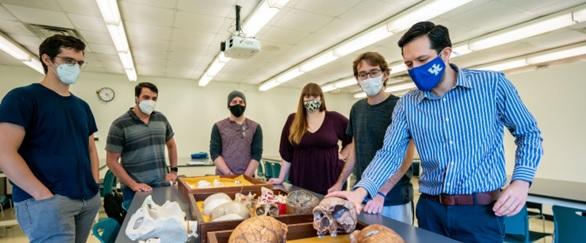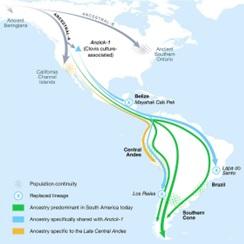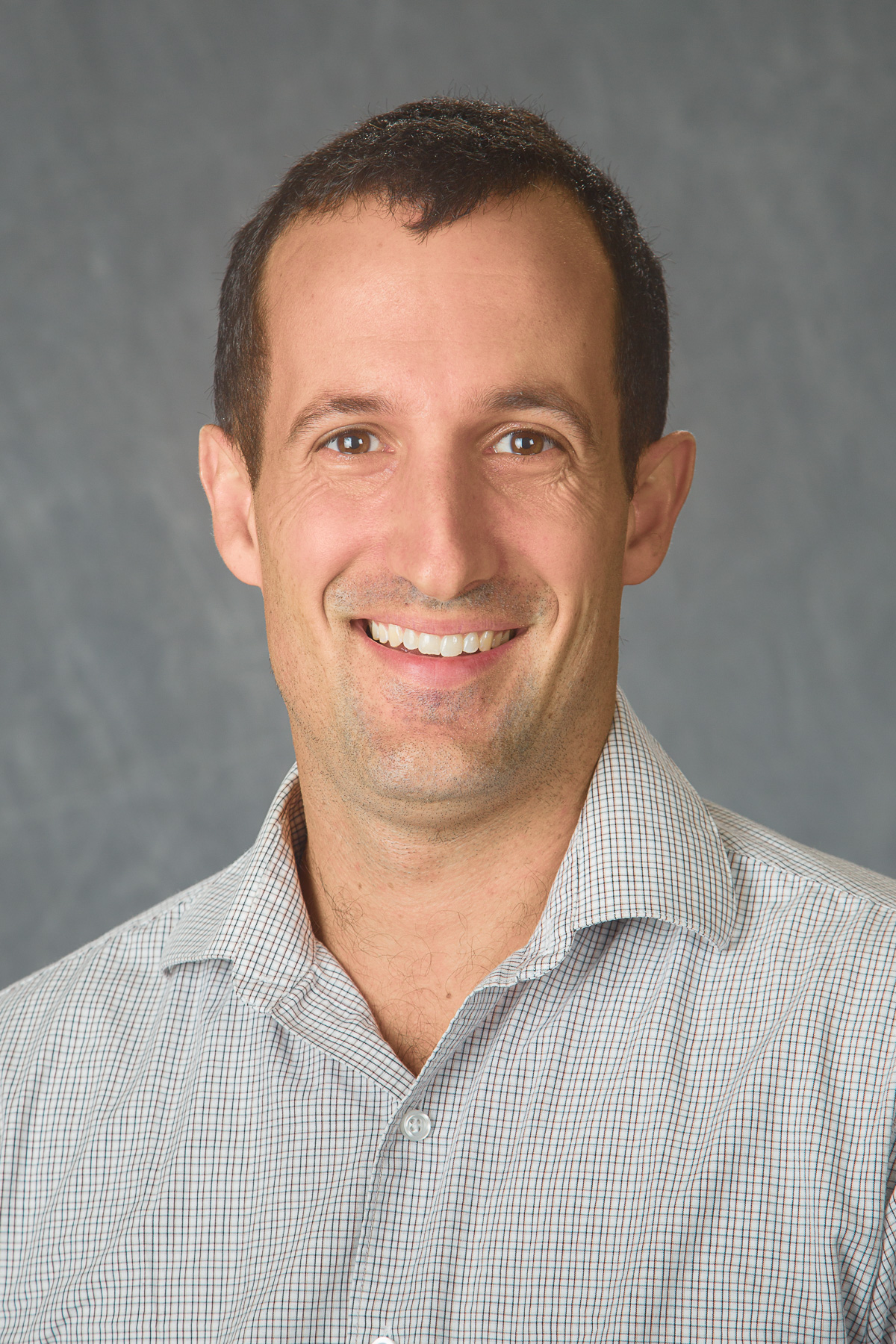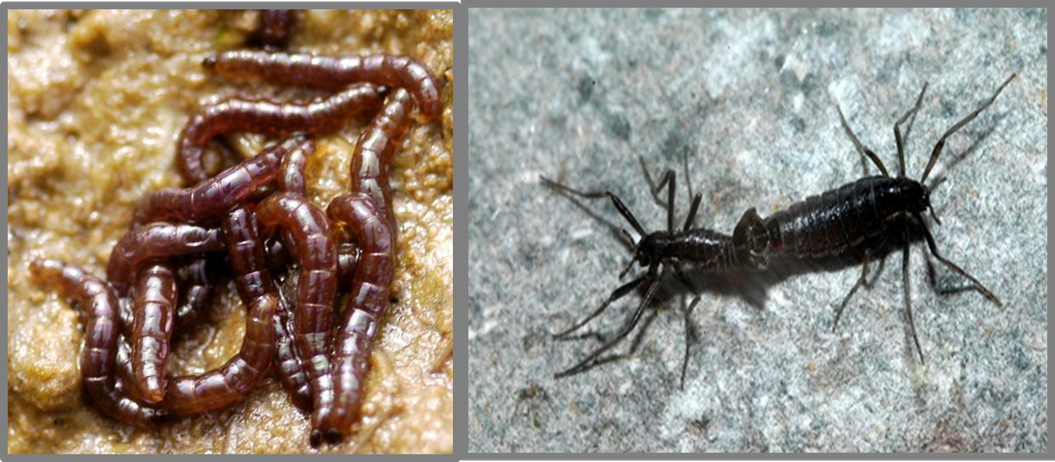"From the Pleistocene to the Anthropocene: Biodiversity in Changing Environments"
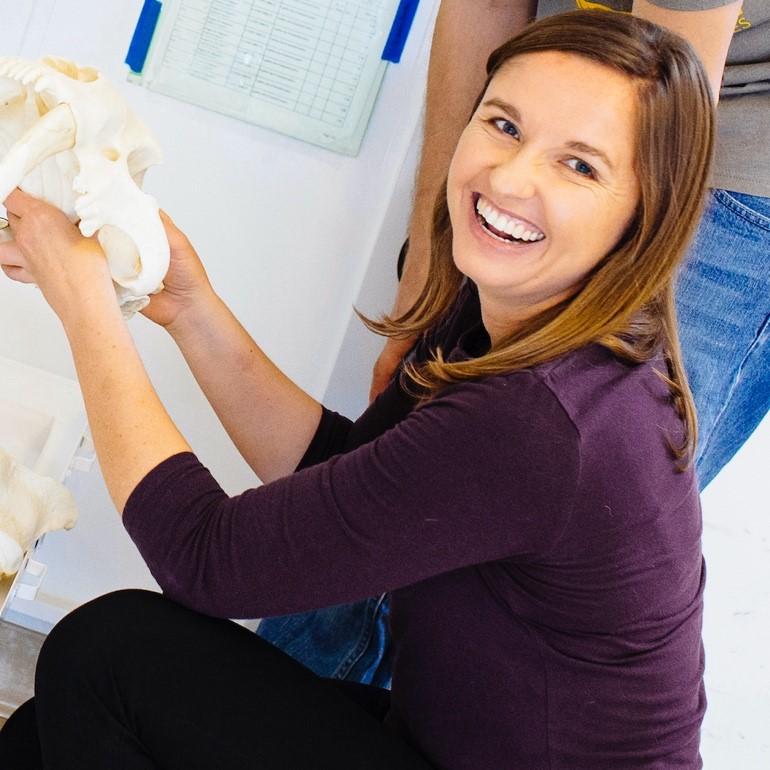 Dr. Jessica Blois | Blois Lab
Dr. Jessica Blois | Blois Lab
BIO:
Dr. Jessica Blois is an Associate Professor in the Department of Life and Environmental Sciences at UC Merced. Her research is particularly focused on examining the relative roles of environmental versus biotic drivers of biodiversity change, in merging data from different kinds of fossil proxies such as mammal bones and plant macrofossils, and in applying perspectives from the past to help conserve biodiversity. Her work combines field work aimed at broadening our samples of fossil and modern mammals, phylogeographic analyses to understand how genetic diversity is structured spatiotemporally, and paleobiogeographic modeling. Dr. Blois’ primary study system is North American mammals from the past 21,000 years, and she also has a strong focus on developing the paleo-informatic infrastructure to enable large-scale science.
Abstract:
Climates today are changing substantially and will continue to do so over the next hundred years and beyond. All of the different elements that comprise Earth’s biosphere—its biodiversity—depend on and respond to Earth’s climate in a variety of ways, and in turn, Earth’s biodiversity modulates the magnitude and trajectory of climate change. Species responses to highly novel climatic (and other anthropogenically-forced) conditions—which may fall outside the range of conditions experienced by species over their histories—will impact the adaptive capacity and evolutionary potential of species and shape future patterns of biodiversity. In this talk, I will present several recent projects illustrating how climate impacts biodiversity. I will focus on ecological processes that structure local populations and communities, and then move towards how we can scale up towards a broader understanding of how ecological processes structure biodiversity patterns across space and time.
Watch the seminar here!

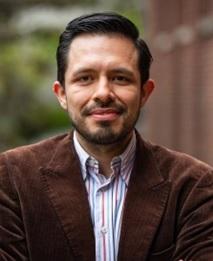 Hugo Reyes-Centeno
Hugo Reyes-Centeno